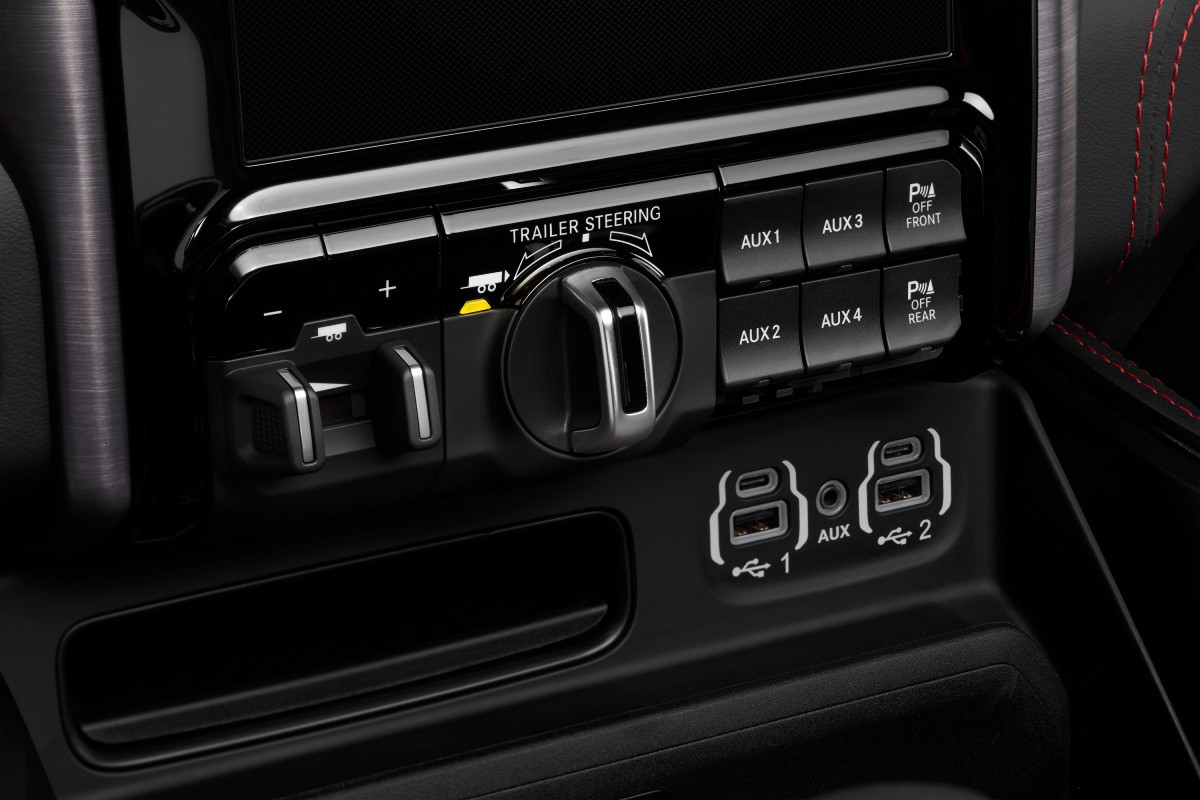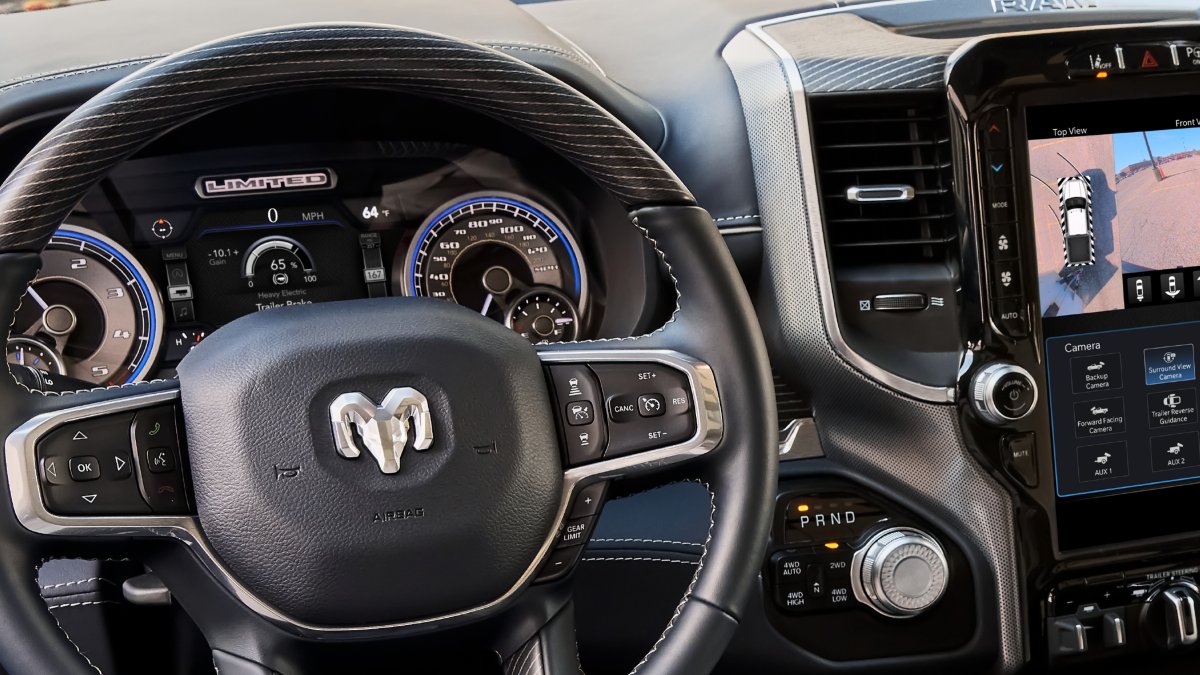Whatever you might be towing – be it a travel trailer, a boat or even a heavy-duty equipment hauler – one of the most important aspects of your vehicle is the integrated trailer brake controller. It’s an important safety tool that allows you to tow with confidence, as long as you’re using it properly. In order to get the most out of the controller in your RAM 2500, you need to calibrate the trailer brake gain. Today we’re going to walk you through the process of how to do exactly that!

What Is Trailer Brake Gain?
Before we dive into the process, though, we need to make sure everyone knows what exactly trailer brake gain is. This is a user-adjustable setting in your truck that controls how aggressively your trailer’s brakes respond when you apply pressure to the brakes in your truck. If you have too little gain, then your trailer may push against the truck during stops; but if you have too much gain, then the trailer brakes may lock up and lead to skidding or even total loss of control.
Modern RAM 2500 models feature a factory-installed brake controller that is designed to work with both electric and electric-over-hydraulic trailer brakes. This trailer brake controller uses a proportional braking system, which means that the trailer brakes respond in proportion to how much pressure you apply to your brake pedal.
Step-by-Step Calibration Process
- Safety First
- The most important step is to start with a safe setup. First you need to hitch your trailer securely and ensure all connections are tight, then confirm that your trailer’s brakes are in good working condition and properly bedded in. Now you can load your trailer as you would for a typical trip, keeping in mind that gain settings will vary based on weight.
- Access Menu
- Now that your trailer is loaded and everything is set up safely and securely, it’s time to turn on your RAM 2500 and use the steering wheel controls to navigate to the Trailer Tow menu on your instrument cluster. Now you’ll select “Trailer Brake Type” and choose the appropriate option, which is Light Electric if you’re hauling less than 10,000 pounds, and Heavy Electric if you’re hauling more than that.
- Choose Gain
- Next up you’re going to use the plus (+) and minus (–) buttons near the controller to set your initial gain level. A good starting point is 5.0 if you have a medium-weight trailer, but if you’ve got a heavier load you might want 6.0 to 7.5 or 3.0 to 4.5 for a lighter trailer.
- Perform Test
- What you need to do now is try out the gain by performing a low-speed test. Find a flat, empty road nearby and drive at about 20 to 25 miles per hour. You can use the manual override lever on the brake controller, without pressing the truck's brake pedal. You should feel the trailer tug slightly as its brakes engage. If you notice the trailer brakes lock up or skid you need to reduce the gain, but you’ll need to increase it if you don’t notice any braking at all.
- Fine Tune
- With your test drive out of the way you can now drive normally and go about your business, but pay close attention to how the trailer responds any time you’re braking. Your goal should be to have smooth, proportional braking where your trailer slows down in sync with your truck. If you notice jerking or dragging or anything else out of the ordinary, adjust the gain in small increments until you find the sweet spot.
Hopefully this process has helped you figure out how to properly calibrate your trailer brake gain for improved towing performance. Keep in mind that things like road conditions, your trailer weight, load distribution, brake type and even the terrain might all require recalibration on the go. If you have any questions about this process or your RAM 2500 in general, don’t hesitate to reach out to us right here at the Jim Glover CDJRF sales desk!



